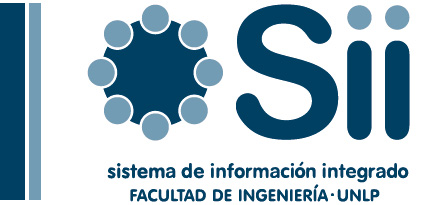Analysis and Design of Machine Learning Techniques [libro electrónico] : ; Evolutionary Solutions for Regression, Prediction, and Control Problems / by Patrick Stalph.
Tipo de material: TextoDetalles de publicación: Wiesbaden : Springer Fachmedien Wiesbaden : Imprint: Springer Vieweg, 2014.Descripción: xix, 155 p. : ilTipo de contenido:
TextoDetalles de publicación: Wiesbaden : Springer Fachmedien Wiesbaden : Imprint: Springer Vieweg, 2014.Descripción: xix, 155 p. : ilTipo de contenido: - text
- computer
- online resource
- 9783658049379
- TJ210.2-211.495
- TJ163.12
 Libro electrónico
Lista(s) en las que aparece este ítem:
Ebooks
Libro electrónico
Lista(s) en las que aparece este ítem:
Ebooks
Introduction and Motivation -- Introduction to Function Approximation and Regression -- Elementary Features of Local Learning Algorithms -- Algorithmic Description of XCSF -- How and Why XCSF works -- Evolutionary Challenges for XCSF -- Basics of Kinematic Robot Control -- Learning Directional Control of an Anthropomorphic Arm -- Visual Servoing for the iCub -- Summary and Conclusion.
Manipulating or grasping objects seems like a trivial task for humans, as these are motor skills of everyday life. Nevertheless, motor skills are not easy to learn for humans and this is also an active research topic in robotics. However, most solutions are optimized for industrial applications and, thus, few are plausible explanations for human learning. The fundamental challenge, that motivates Patrick Stalph, originates from the cognitive science: How do humans learn their motor skills? The author makes a connection between robotics and cognitive sciences by analyzing motor skill learning using implementations that could be found in the human brain â_" at least to some extent. Therefore three suitable machine learning algorithms are selected â_" algorithms that are plausible from a cognitive viewpoint and feasible for the roboticist. The power and scalability of those algorithms is evaluated in theoretical simulations and more realistic scenarios with the iCub humanoid robot. Convincing results confirm the applicability of the approach, while the biological plausibility is discussed in retrospect.   Contents How do humans learn their motor skills Evolutionarymachinelearningalgorithms Applicationtosimulatedrobots  Target Groups Researchers interested in artificial intelligence, cognitive sciences or robotics Roboticists interested in integrating machine learning  About the Author Patrick Stalph was a Ph.D. student at the chair of Cognitive Modeling, which is led by Prof. Butz at the University of Tübingen.
No hay comentarios en este titulo.
